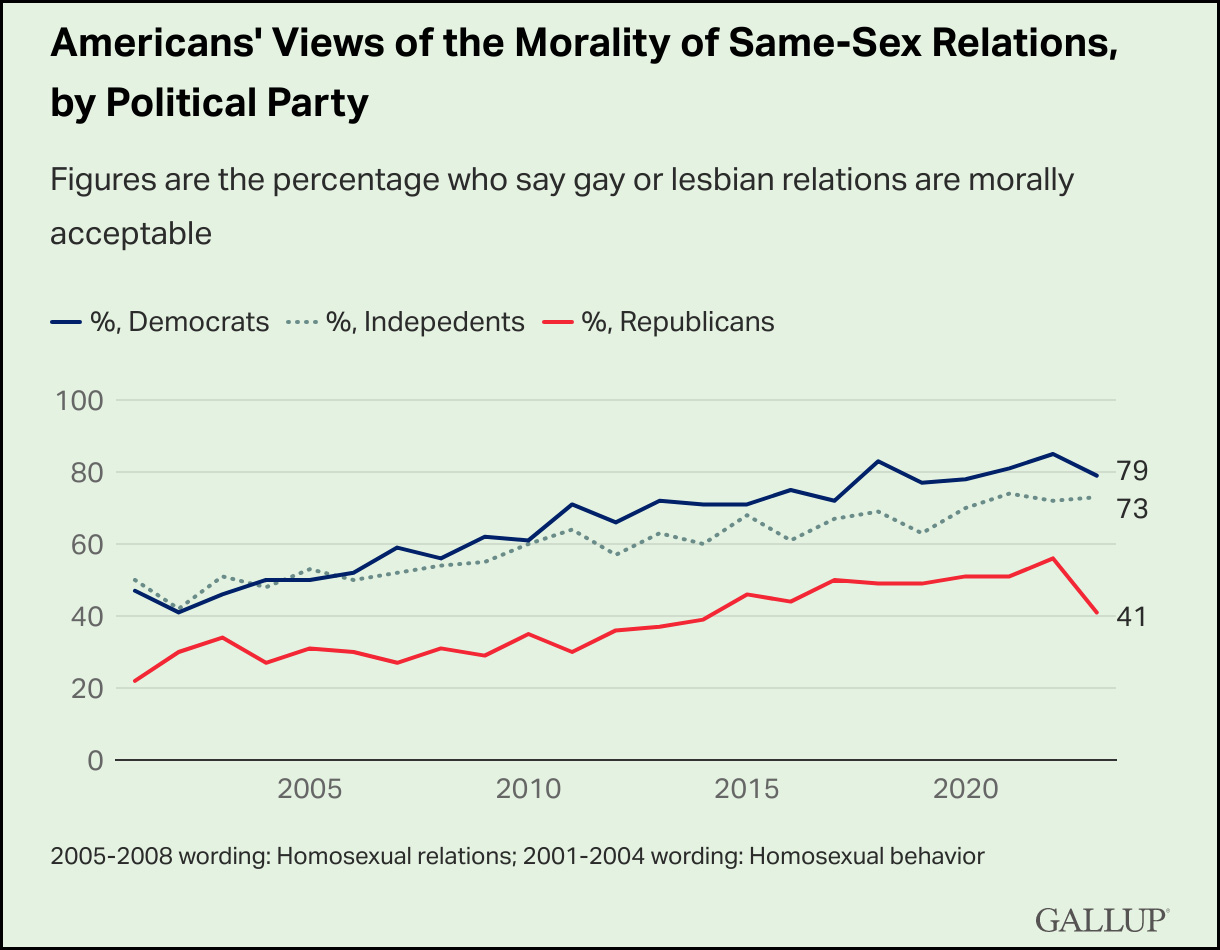Bruce Bartlett has something to say about the public's frustration and resentment toward government bureaucrats:
Corporate bureaucrats are probably worse than government bureaucrats, and we deal with the corporate-types far more frequently. Try calling customer service for any big company. The irony is that only government bureaucrats can control the corporate bureaucrats.
— Bruce Bartlett (@BruceBartlett) June 19, 2023
Very true. And I'll add one other difference. Government bureaucrats at least want to do the right thing. They often fail for a variety of reasons: budget and staffing shortfalls, regulatory capture, plain old laziness, rules they have no control over, and so forth. But they largely start off from a point of wanting to help.
Compare that corporate bureaucracy, which is frequently set up explicitly to help customers as little as possible without losing them. Wait times are long, and this is deliberate. Support is outsourced to undertrained call center workers in India solely to save money even though it increases frustration. Corporate rules and penalties are handed down as gospel, and nothing a customer says can change them. Try arguing with an insurance company sometime. They make even the chronically understaffed IRS look like a Swiss watch.
This doesn't apply to all companies, of course. For starters, this is mostly big company behavior. And some companies genuinely want to provide good service. But not many, and competition obviously doesn't change this. In some cases (cable providers, insurance companies) you're stuck with them no matter how bad their service is. In other cases competition doesn't matter because customers have no real way of judging service before they buy something. And in yet other cases, companies in similar industries have entered into a toxic equilibrium where all of them offer lousy service in identical ways.
I'll bet that most of us spend way more frustrating hours on the phone with banks and cable companies than we do with the IRS or Social Security.¹ We just remember the battles with government bureaucrats more sharply because—let's face it—they often matter more. But that doesn't mean the government folks are any worse. They're probably not.
¹I'd love to see some reliable stats on this, but I'll bet they don't exist.







